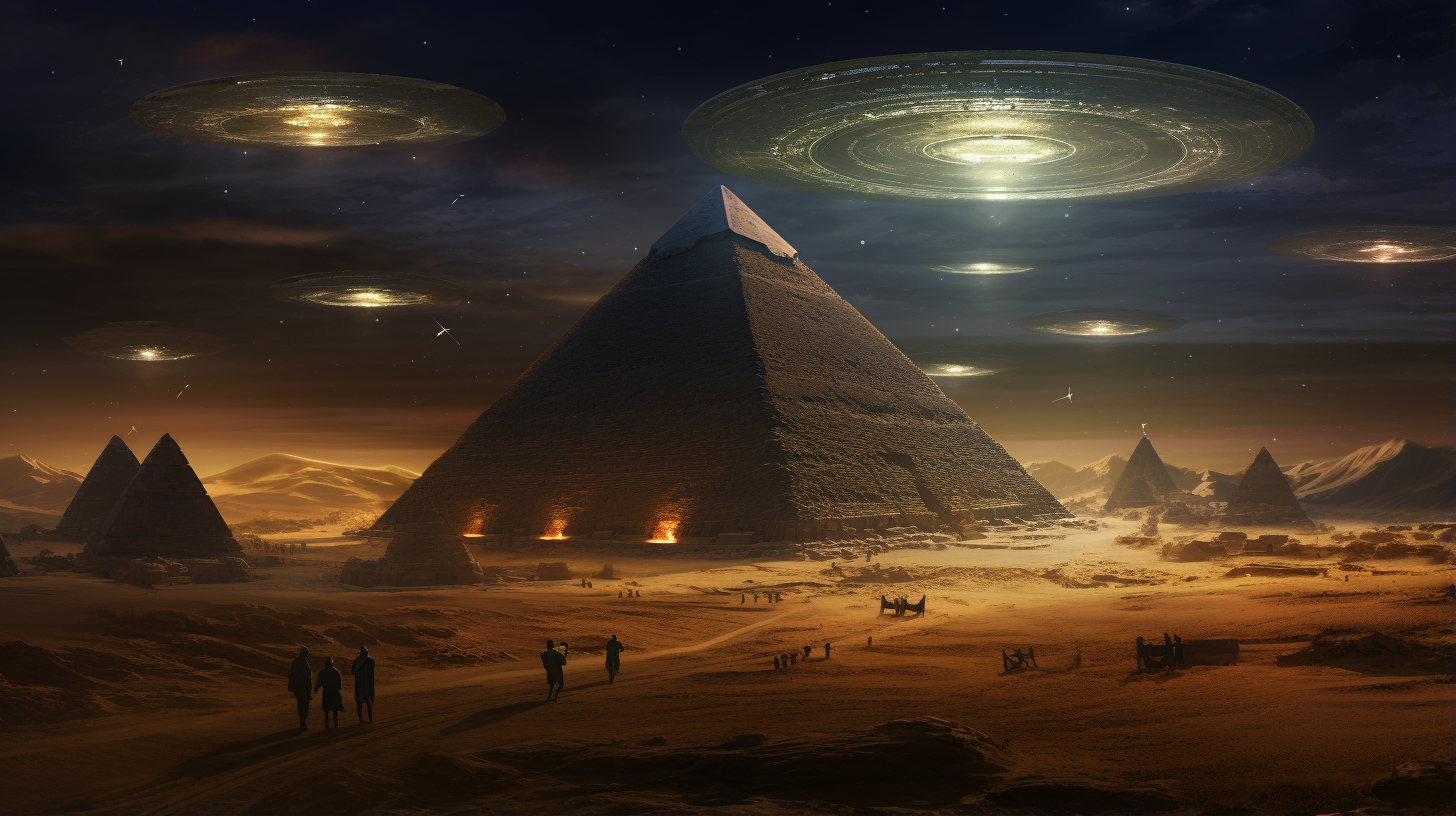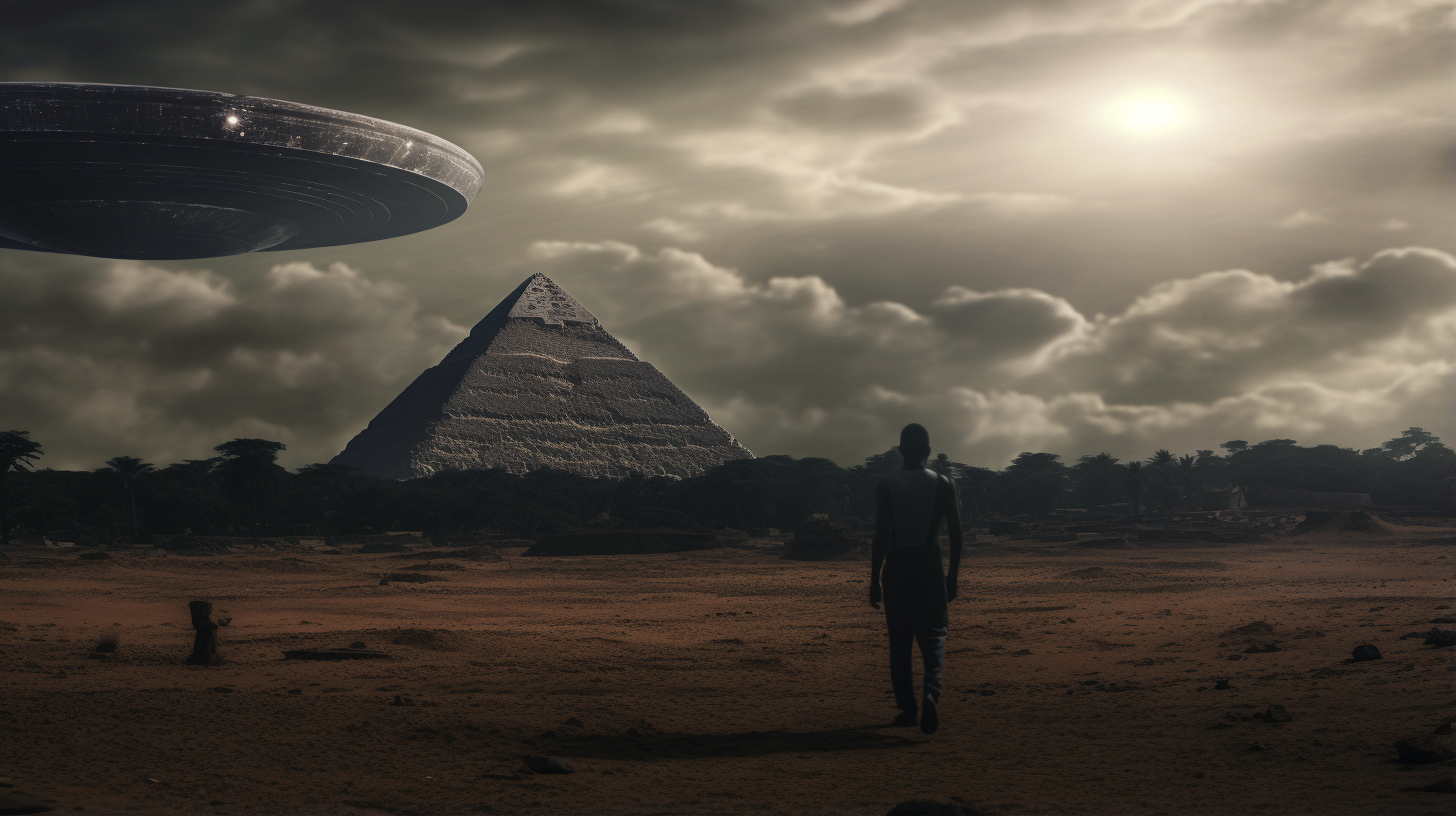In the heart of the Nile Delta, a tiny trail, mere centimeters wide, is etched into the desert floor by the relentless journey of a dung beetle, also known as a scarab. This peculiar two-inch-long insect, with its seemingly mundane diet of dung, serves both as a source of nourishment and a repository for its eggs.
What makes the scarab truly remarkable, however, is its ability to roll its dung ball in a straight line, defying all obstacles. Even more astonishing is the fact that it is the only known insect on Earth capable of navigating by following the faint light of the Milky Way galaxy. This extraordinary discovery was only made by biologists in 2013.
Fast forward 5,000 years, and we find ourselves in ancient Egypt, a civilization that seemingly held the scarab in the highest regard. They considered it a sacred symbol, a direct link to the gods themselves. It’s intriguing how a civilization of such grandeur could attribute such significance to a seemingly insignificant insect.

Yet, the scarab’s presence is ubiquitous in Egyptian culture, adorning temples and hieroglyphics alike. Most notably, a colossal scarab beetle looms over the sacred lake at the Temple of Karnak, where pharaohs received their coronation, symbolizing the Egyptian god Khepri.
The ancient Egyptians observed the sun’s daily journey across the sky, akin to the dung beetle’s relentless path through the desert sands. In their eyes, the force propelling the sun was none other than the giant scarab beetle god, Khepri.
To them, the sun represented the “Eye of Ra,” Ra’s chariot or perhaps his celestial vessel, and Khepri, the scarab-headed god, was the pilot navigating this cosmic ship.
But can we offer an alternative explanation for the Egyptians’ veneration of Khepri as a pilot? Ancient astronaut theorists propose an intriguing idea, suggesting that the depiction of Khepri as a scarab, and sometimes as a human with a scarab head, might have been inspired by real encounters between the ancient Egyptians and otherworldly beings.

Intriguingly, the ancient Egyptians meticulously documented their history on countless walls and surfaces, leaving behind a rich tapestry of their civilization’s beliefs and encounters.
According to the ancient astronaut theory, humanity’s origins are intertwined with deliberate genetic manipulation. In this light, it becomes entirely plausible that some of the creatures depicted in these reliefs and carvings might have actually existed in the past.
Video:
As we contemplate the enigmatic connection between the scarab and the ancient Egyptians, we are left with an enduring mystery. Could it be that the scarab symbolizes more than just a celestial pilot? Could it be a symbol of an ancient, otherworldly encounter that has remained hidden in plain sight for millennia? The scarab, with its dual role as a celestial navigator and a terrestrial insect, continues to perplex us, reminding us that our understanding of history is an ever-evolving narrative, filled with secrets waiting to be discovered.

14 thoughts on “The Mysterious Link Between Ancient Egypt and Celestial Beings”
Comments are closed.